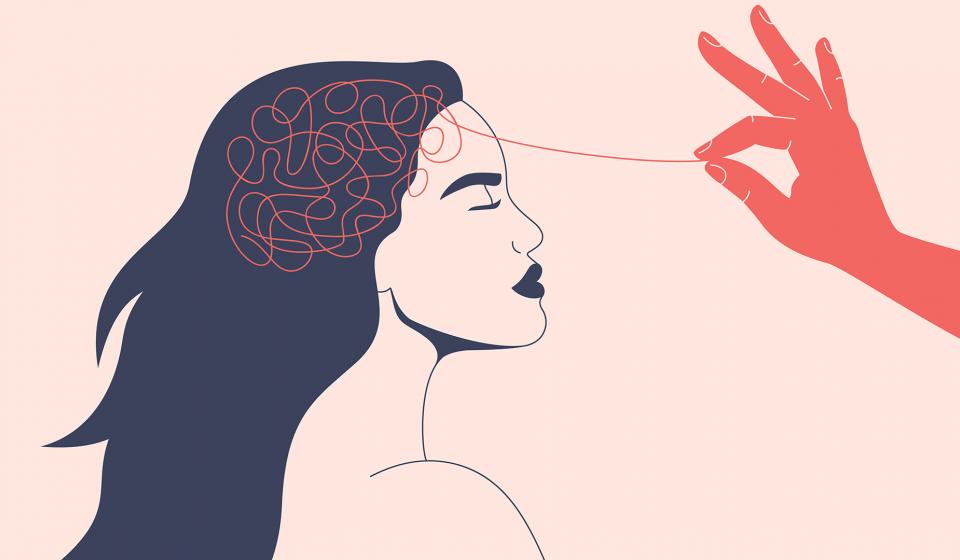The Influence of Peer Pressure Among Teens on Societal Norms and Behaviors

Introduction
Teenagers are at a critical stage of development, where they are still forming their identities and learning how to navigate social and cultural landscapes. One of the most influential forces during this period is peer pressure, which can significantly shape both individual behavior and broader societal norms. Peer pressure among teens often drives conformity to group expectations, influencing everything from fashion choices to social behaviors. While peer pressure can have positive effects, such as promoting teamwork and collaboration, it can also lead to risky behaviors and contribute to the reinforcement of harmful societal norms. This article explores how peer pressure among teens influences societal norms and behaviors, both on an individual level and within the wider community.
The Mechanism of Peer Pressure
Peer pressure refers to the social influence that individuals feel to conform to the behaviors, attitudes, or expectations of a group of peers. For teens, peer groups often serve as a primary source of validation and self-worth, making them particularly susceptible to external influences. The desire to fit in, gain approval, or be accepted can drive teens to adopt behaviors that align with the group, even if these behaviors do not align with their personal values or beliefs. Peer pressure can be explicit—such as direct encouragement to act in a certain way—or implicit, where behaviors are subtly modeled, creating an unspoken expectation for others to follow suit.
Conformity and Its Impact on Identity Formation
During adolescence, the process of forming a personal identity is central to development. Peer pressure can have a profound impact on how teens view themselves and the roles they assume within their social circles. Teens often use their peers as a frame of reference to understand what is “normal” or “acceptable” in terms of appearance, behavior, and interests. This process of conformity can lead teens to adopt certain styles, hobbies, or attitudes in order to align with their group, even if those choices do not reflect their true interests.
As a result, peer pressure can sometimes lead to confusion and internal conflict, especially when a teen’s personal identity is at odds with the pressures of their social group. Over time, this conflict may affect their self-esteem, mental health, and overall sense of self-worth.
Fashion Trends and Social Conformity
One of the most visible ways peer pressure shapes societal norms is through fashion and trends. Teenagers are particularly influenced by their peers when it comes to clothing, hairstyles, and accessories, often seeking to wear what their friends or popular figures in their social circles are wearing. Peer pressure drives trends, as teens fear being ostracized if they do not conform to the current style or look.
Social media platforms have amplified this influence, as teens are constantly exposed to curated images of “ideal” looks and lifestyles. This exposure often results in teens feeling pressured to adopt certain trends in order to maintain social status or appear “cool.” The rapid spread of fashion trends, fueled by peer pressure, has led to the mainstreaming of specific styles and preferences across wider societal contexts.
Influence on Risky Behaviors
Peer pressure is also known to drive teens toward engaging in risky behaviors, such as substance use, unsafe sexual practices, and other harmful activities. In the quest for social approval, teens may feel compelled to engage in behaviors they would not otherwise consider. The desire to be accepted or fit in with a group can overshadow concerns about the negative consequences of these behaviors.
Research shows that teens are more likely to engage in alcohol consumption, smoking, or drug use if their peers do so. This social influence is compounded by the perception that “everyone is doing it” or that deviating from group norms will lead to exclusion. The influence of peer pressure in these situations is particularly concerning, as it can contribute to long-term health risks and impact the mental well-being of teens.
Peer Pressure and Gender Roles
Peer pressure also plays a role in reinforcing traditional gender roles and societal expectations about how boys and girls should behave. Boys may feel pressured to conform to stereotypes of toughness, competitiveness, and emotional restraint, while girls may face pressure to adhere to expectations of physical appearance, passivity, or nurturing behaviors. These pressures can limit the freedom of expression and individual growth, as teens may suppress aspects of their personality or interests in order to conform to these societal expectations.
In recent years, however, there has been a growing awareness of these gender norms, with some peer groups challenging traditional ideas of masculinity and femininity. This shift reflects a broader trend toward inclusivity and acceptance of diverse gender identities and expressions, although the pressures to conform to certain standards remain pervasive.
Social Media and the Amplification of Peer Pressure
The rise of social media has significantly amplified the effects of peer pressure among teens. Platforms such as Instagram, TikTok, and Snapchat have created new spaces for peer interactions, where teens are constantly exposed to the curated lives of others. The need for social validation through likes, shares, and comments has further heightened the influence of peer pressure, with many teens feeling the pressure to present an idealized version of themselves online.
Social media often magnifies feelings of inadequacy and can contribute to anxiety and depression, especially when teens compare themselves to the seemingly perfect lives of their peers. The pressure to maintain an idealized image online can lead to unrealistic beauty standards, an obsession with follower counts, and an unhealthy reliance on external validation.
Breaking the Cycle of Negative Peer Pressure
While peer pressure is an inescapable part of adolescence, it is possible to mitigate its negative effects. Encouraging teens to develop a strong sense of self and to value their individuality can help them resist harmful influences. Parents, teachers, and mentors play a crucial role in fostering open communication and teaching teens to navigate peer pressure in healthy ways.
Additionally, creating supportive environments where diversity and individuality are celebrated can help counteract the pressure to conform. By promoting positive group dynamics and highlighting the importance of self-respect and critical thinking, teens can be empowered to make choices that align with their values and personal beliefs, rather than succumbing to external pressures.
Conclusion
Peer pressure among teens is a powerful force that shapes societal norms and individual behaviors. It influences everything from fashion and social trends to the adoption of risky behaviors and the reinforcement of gender norms. While peer pressure can have positive effects, such as fostering social connection and group cohesion, it also has the potential to lead to harmful outcomes, particularly when teens feel pressured to conform to unhealthy or unrealistic standards. By fostering environments that encourage self-expression, critical thinking, and open communication, we can help teens navigate the complexities of peer pressure and develop into confident, independent individuals who are not defined solely by external expectations.










